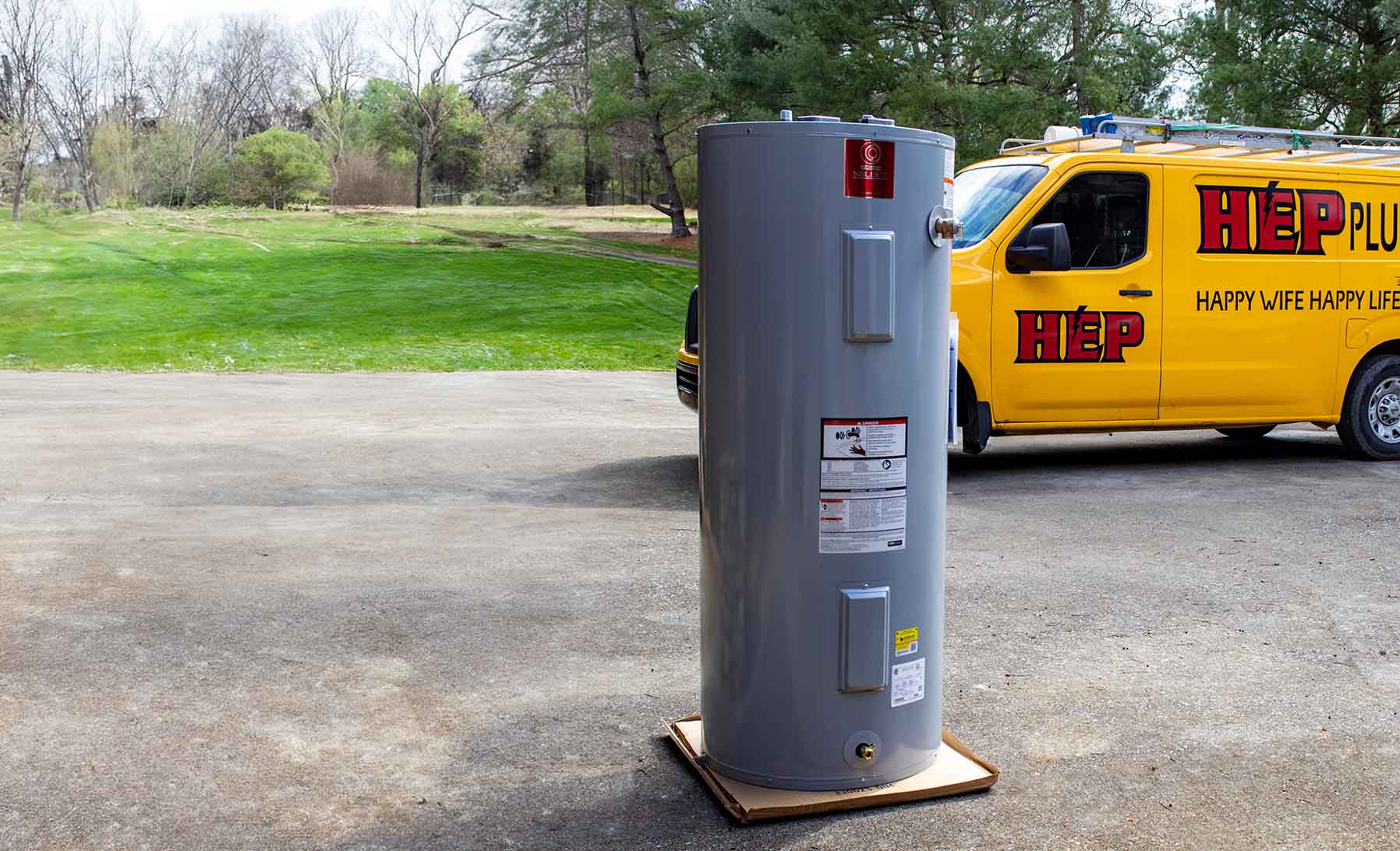

Regular Maintenance
Your trusted partner for professional home services. Quality workmanship, guaranteed satisfaction.




- HEP
- Regular Maintenance
Regular Maintenance | Tank Water Heater | Plumbing | Dunlap
When Dunlap homeowners think about hot water comfort, they think about HEP. Our licensed plumbers keep your tank water heater running safely and efficiently with routine inspections, sediment flushing, anode-rod checks, and precise thermostat calibrations. We show up on time, explain every step, and treat your home as carefully as we do our own—so you can enjoy steamy showers and spotless dishes without a second thought.
Regular maintenance doesn’t just stop small leaks before they start; it extends equipment life and lowers energy bills. With HEP’s transparent pricing, friendly service, and 24/7 emergency backup, you’ll never be left in the cold. Schedule your tune-up today and see why your neighbors call HEP the easiest part of owning a tank water heater in Dunlap.
FAQs
Why is routine maintenance important for my tank water heater in Dunlap?
Dunlap’s municipal and well-water supplies contain mineral levels that can quickly build up inside the storage tank. Without annual maintenance, sediment settles on the bottom, creating a layer that forces the burner or heating elements to work harder and longer. This raises energy costs, shortens the life of the anode rod and steel tank, and can eventually lead to leaks or total heater failure. A scheduled tune-up removes sediment, inspects safety components, and verifies temperature and pressure settings so you get reliable hot water, lower utility bills, and a unit that often lasts several years beyond its warranty period.
How often should I flush my tank water heater and what does it involve?
For most Dunlap homes, a full tank flush is recommended once a year; some households with very hard water or large hot-water demand may benefit from semi-annual flushing. The plumber will turn off the gas or electricity, isolate the cold-water inlet, attach a hose to the drain valve, and completely drain the tank. Fresh water is then run through until it comes out clear, pushing mineral sediment and debris out of the bottom. Finally, the heater is refilled, reheated, and checked for proper operation. A flush usually takes about an hour and can dramatically improve heating efficiency and noise levels.
What are the signs my tank water heater needs professional maintenance?
Common warning signals include rumbling or popping noises during a heating cycle, water that looks rusty or sandy, fluctuating hot-water temperature, a foul “rotten-egg” odor, or visible water around the base of the tank. A sudden spike in gas or electric bills can also indicate that sediment is insulating the burner and forcing longer run times. If the temperature-and-pressure (T&P) relief valve is dripping, it may be reacting to excessive internal pressure or mineral buildup. Scheduling service as soon as these symptoms appear can prevent emergency breakdowns and costly water damage.
Does Dunlap’s hard water affect my water heater’s lifespan?
Yes. Hard water deposits calcium and magnesium on the tank’s interior surfaces and on the heating elements. In gas models, sediment forms a crust over the burner area; in electric models, scale coats the heating elements, causing them to overheat and fail prematurely. Without regular descaling and anode-rod inspections, these deposits corrode the steel tank and accelerate leaks. Routine flushing and periodic anode replacement counteract hard-water damage, often extending the heater’s service life from the regional average of 8–10 years to 12–15 years.
Can regular maintenance lower my energy bills?
Absolutely. Sediment just one-eighth of an inch thick can reduce efficiency by up to 10 percent because the burner or elements must heat through an insulating layer before warming the water. During maintenance, technicians remove sediment, adjust the thermostat for an optimal 120 °F setting, and test safety controls so the heater cycles correctly. These steps cut stand-by heat loss, shorten recovery times, and can save a typical Dunlap household $50–$80 per year on natural gas or electricity costs.
What maintenance tasks can I do myself versus what should be left to a licensed plumber?
Homeowners can periodically check the area around the heater for leaks, make sure the temperature dial is set no higher than 120 °F, and test the T&P valve every six months by briefly lifting its lever to ensure water flows freely. You can also drain a gallon or two from the tank monthly to reduce sediment accumulation. More complex tasks—such as a full flush, anode-rod replacement, burner cleaning, thermostat calibration, and T&P valve replacement—involve gas fittings, 240-volt wiring, and precise torque requirements. For safety and warranty protection, these jobs should be performed by a licensed Dunlap plumber who is familiar with local codes and manufacturer specifications.